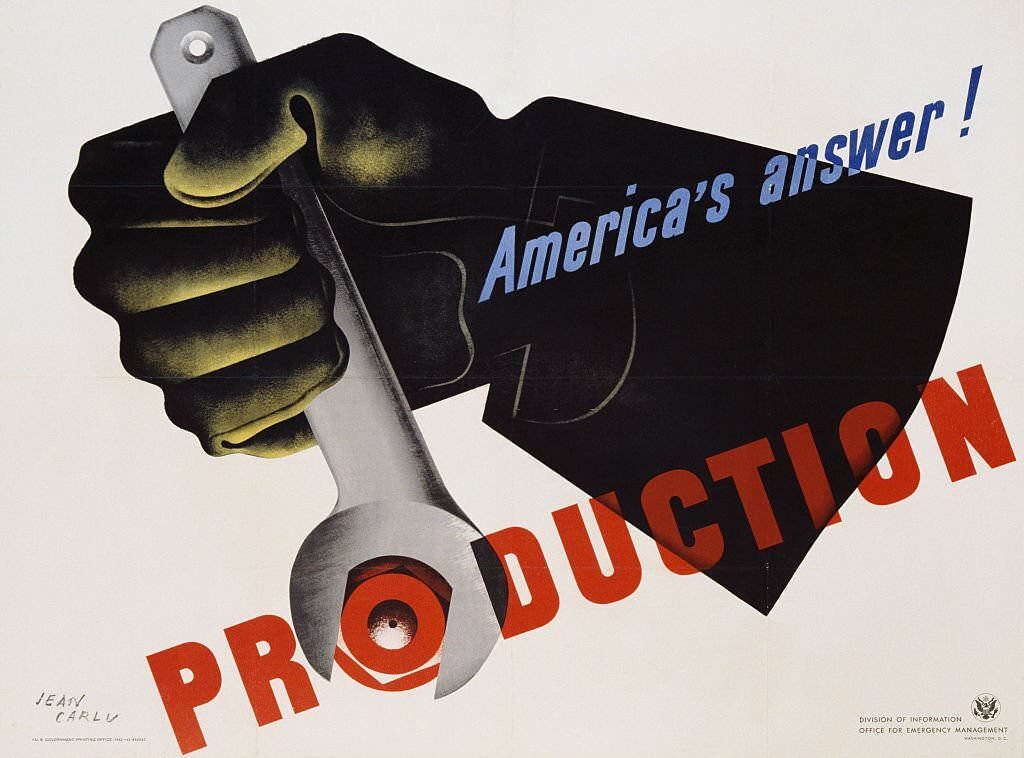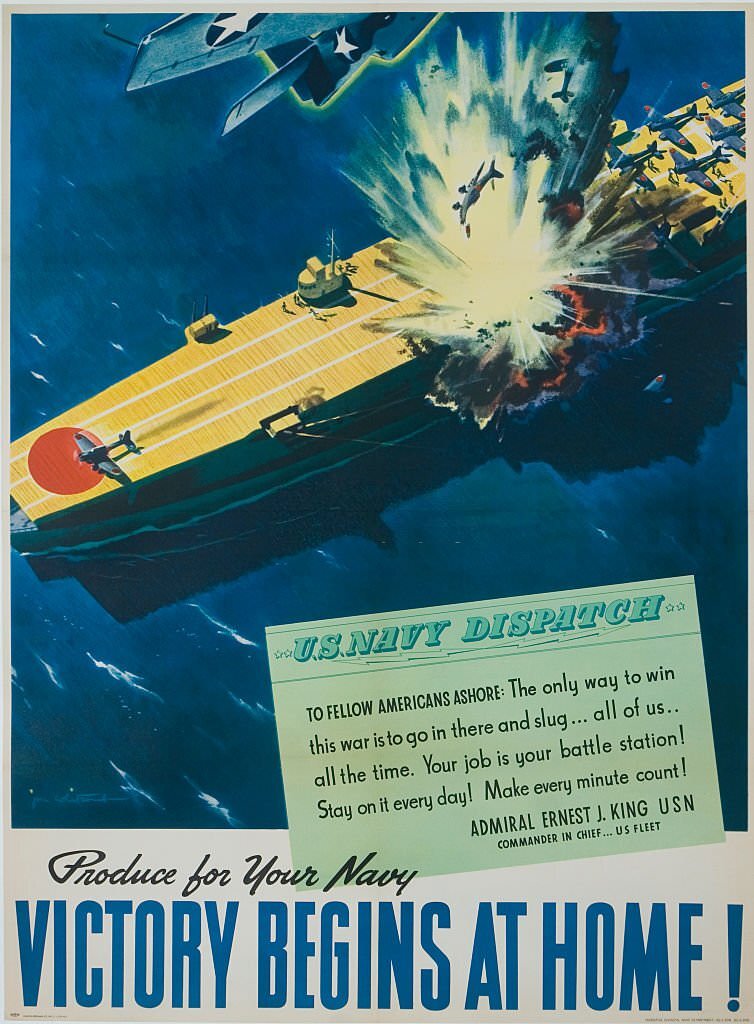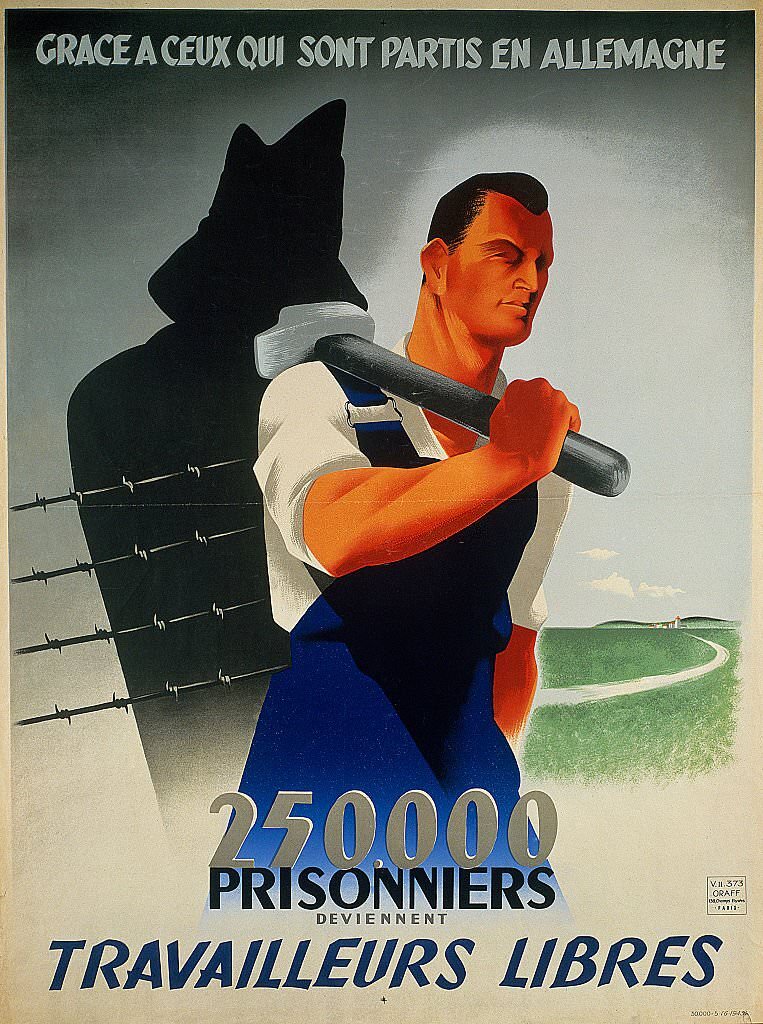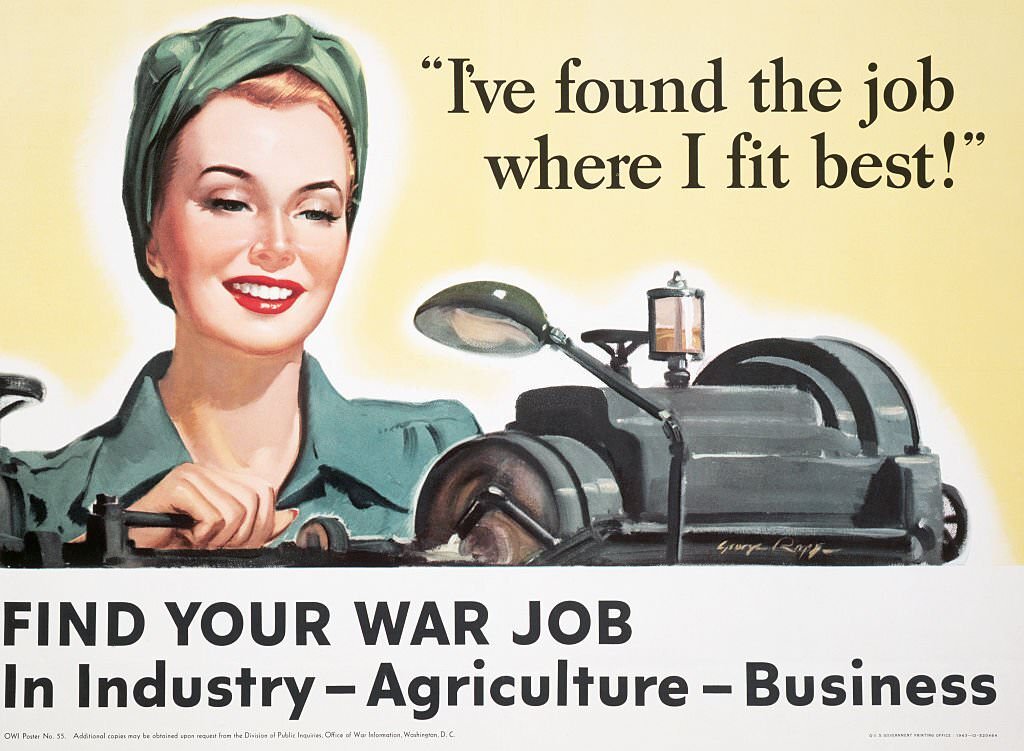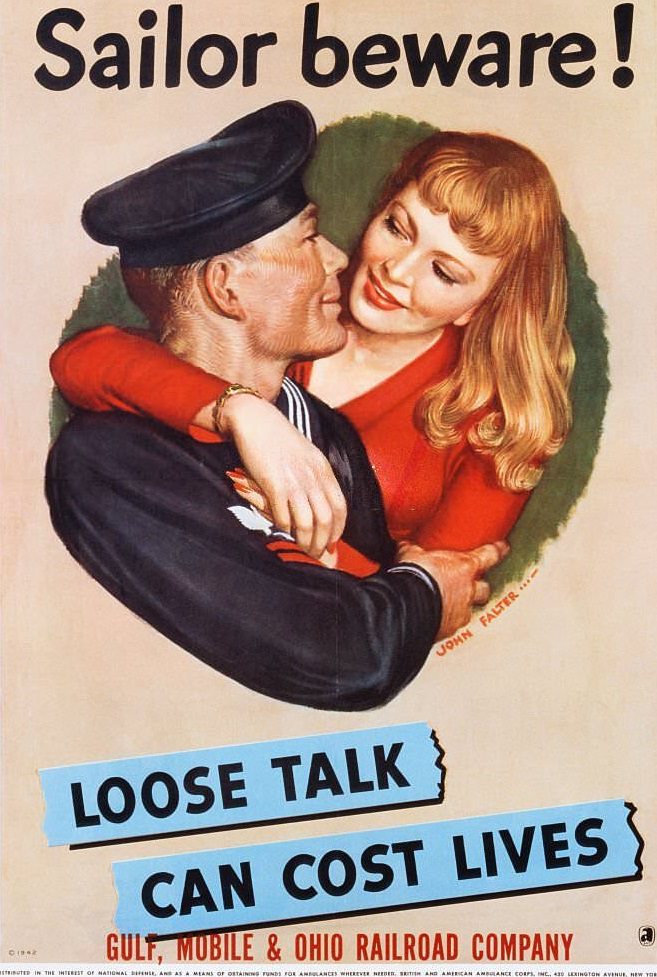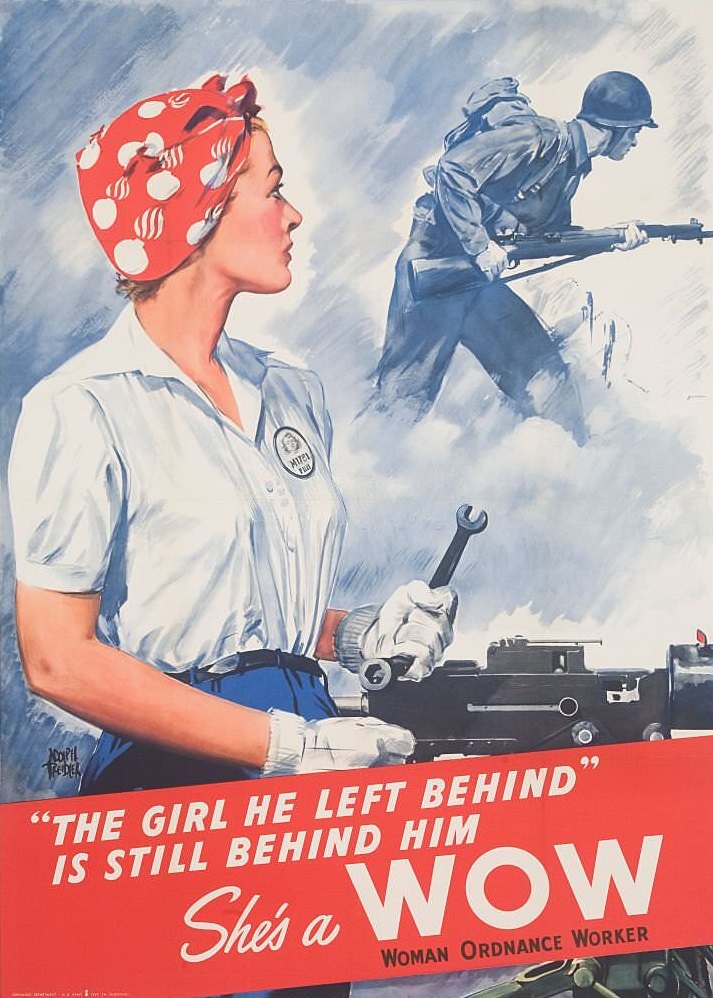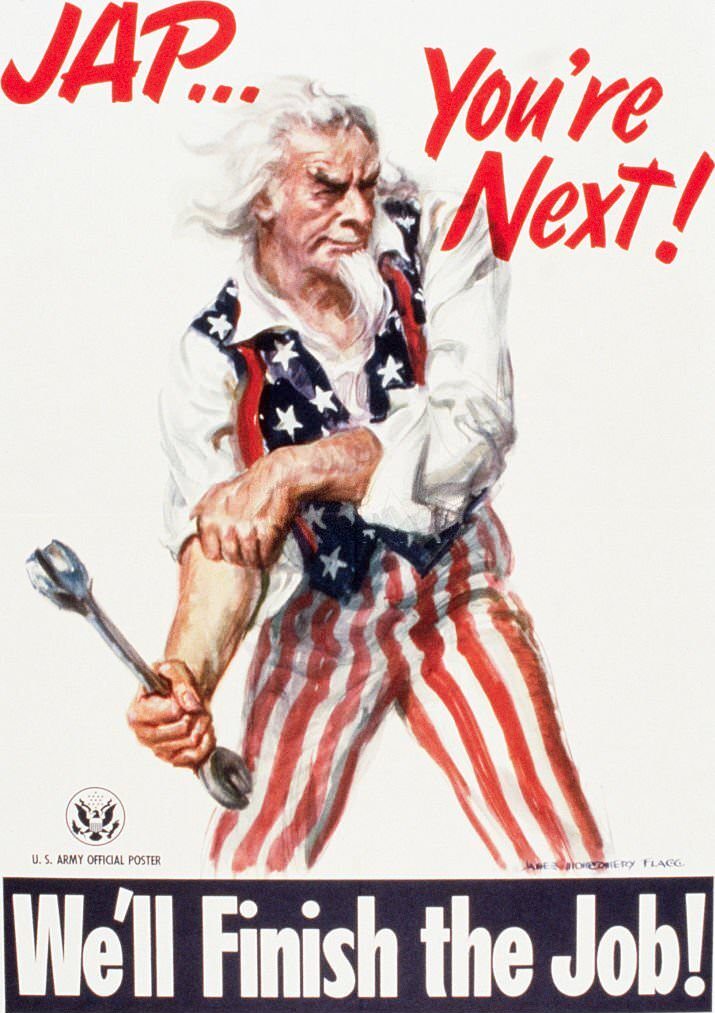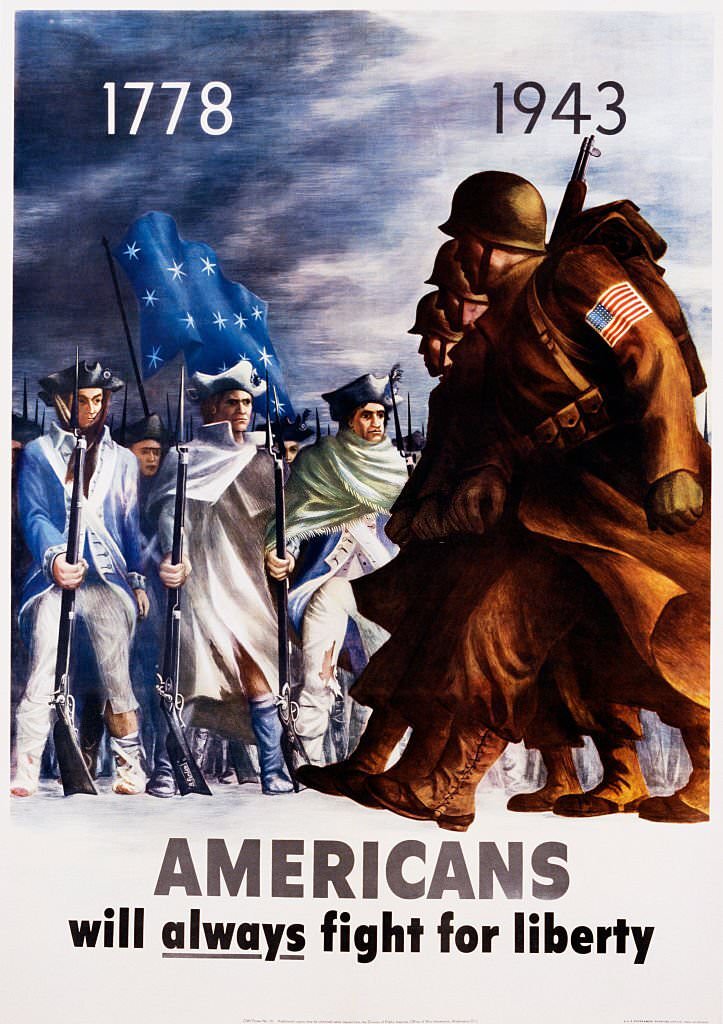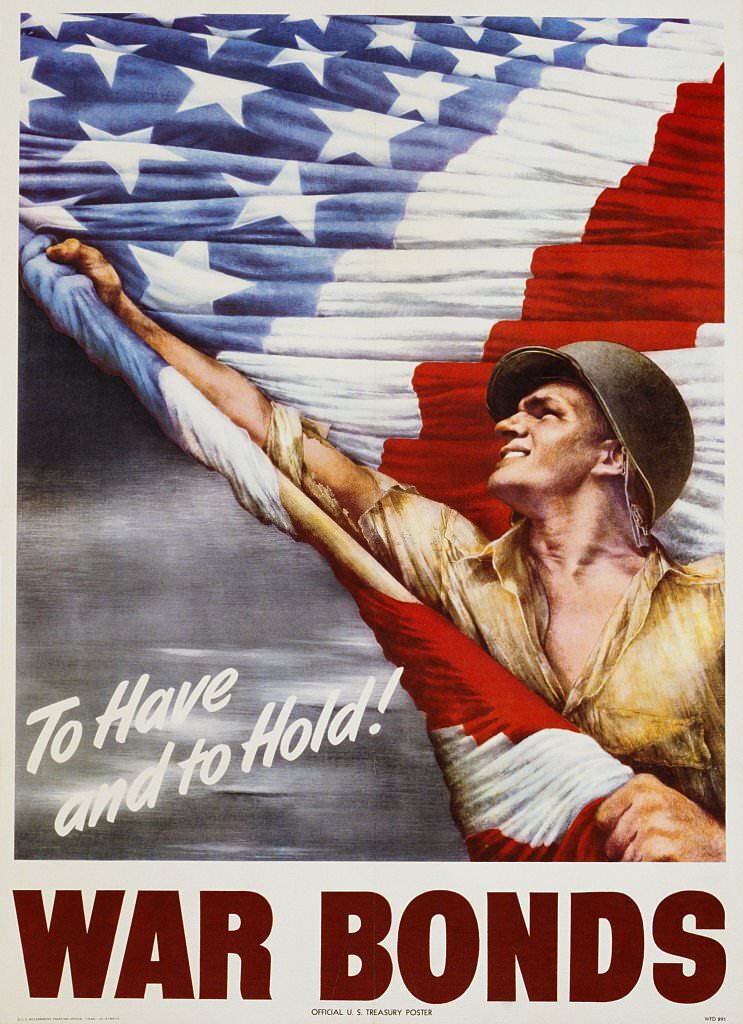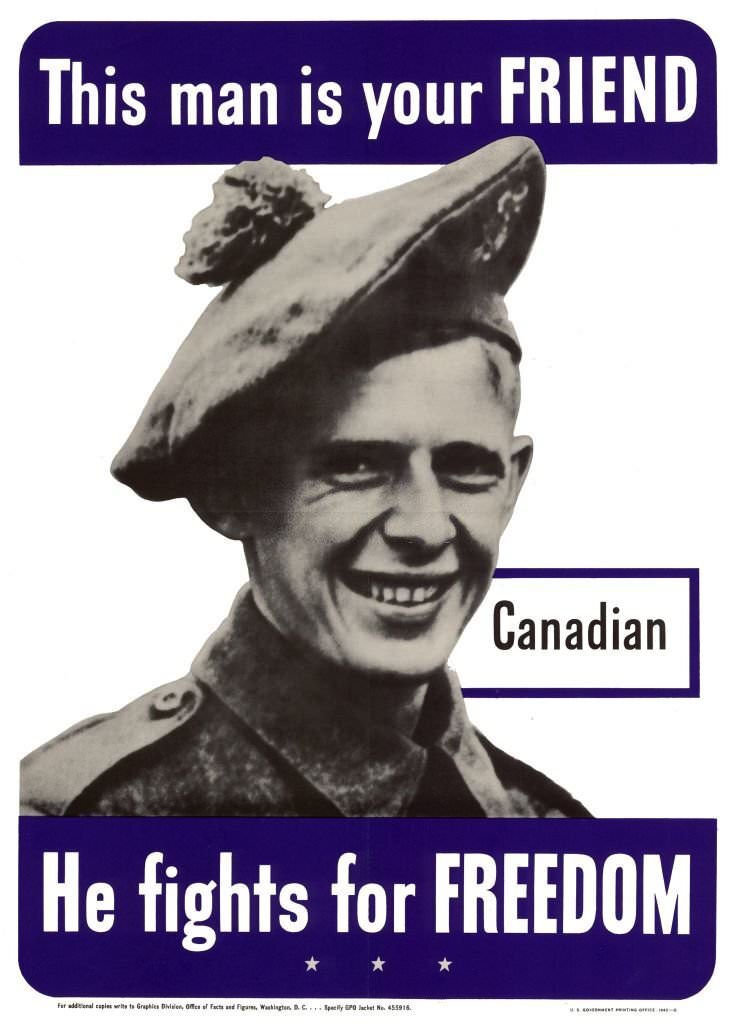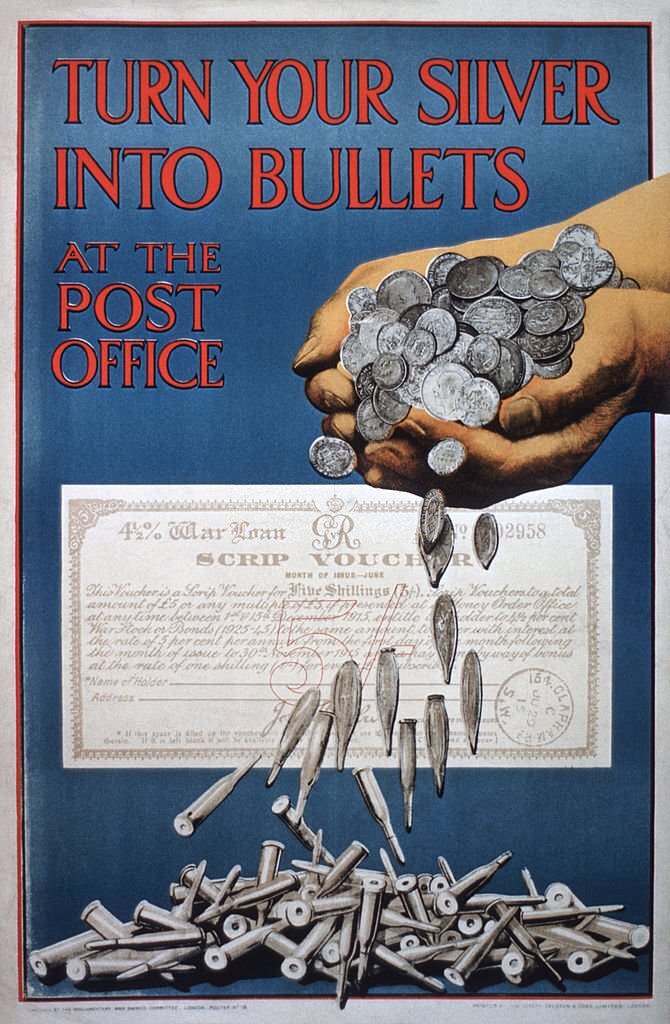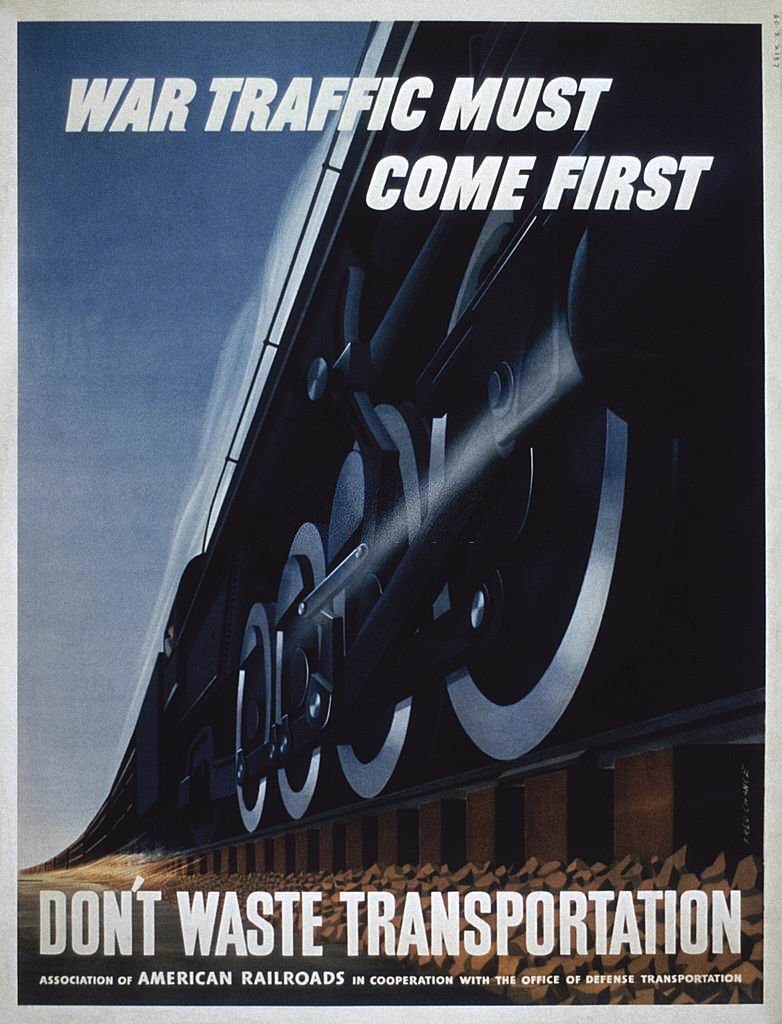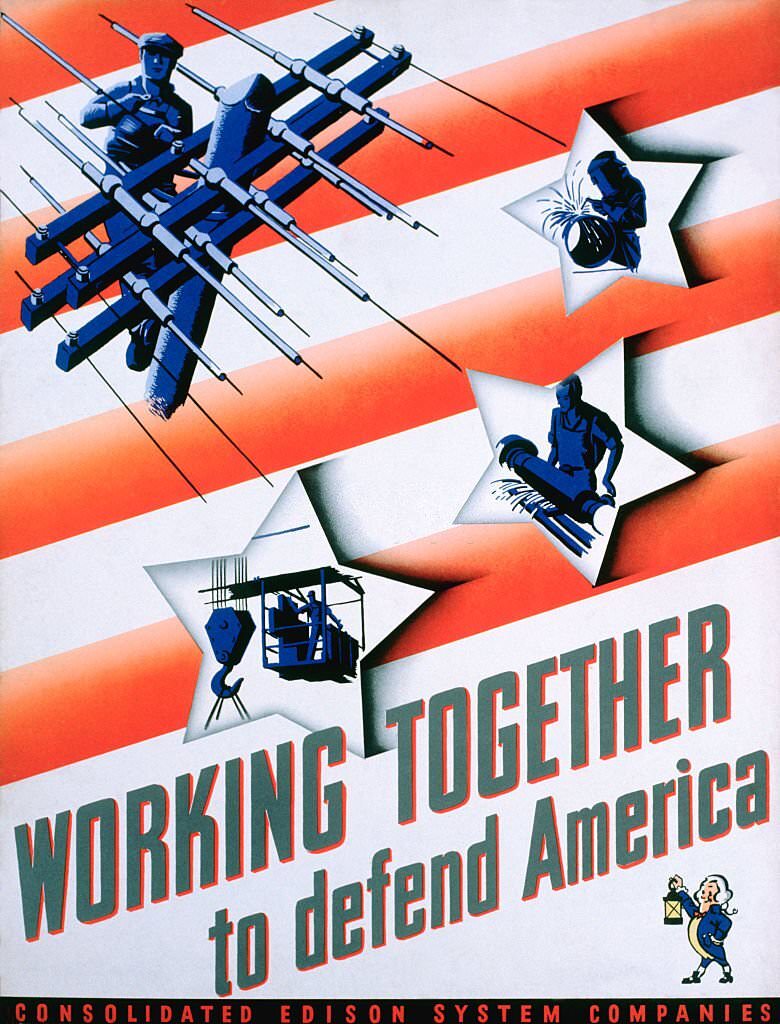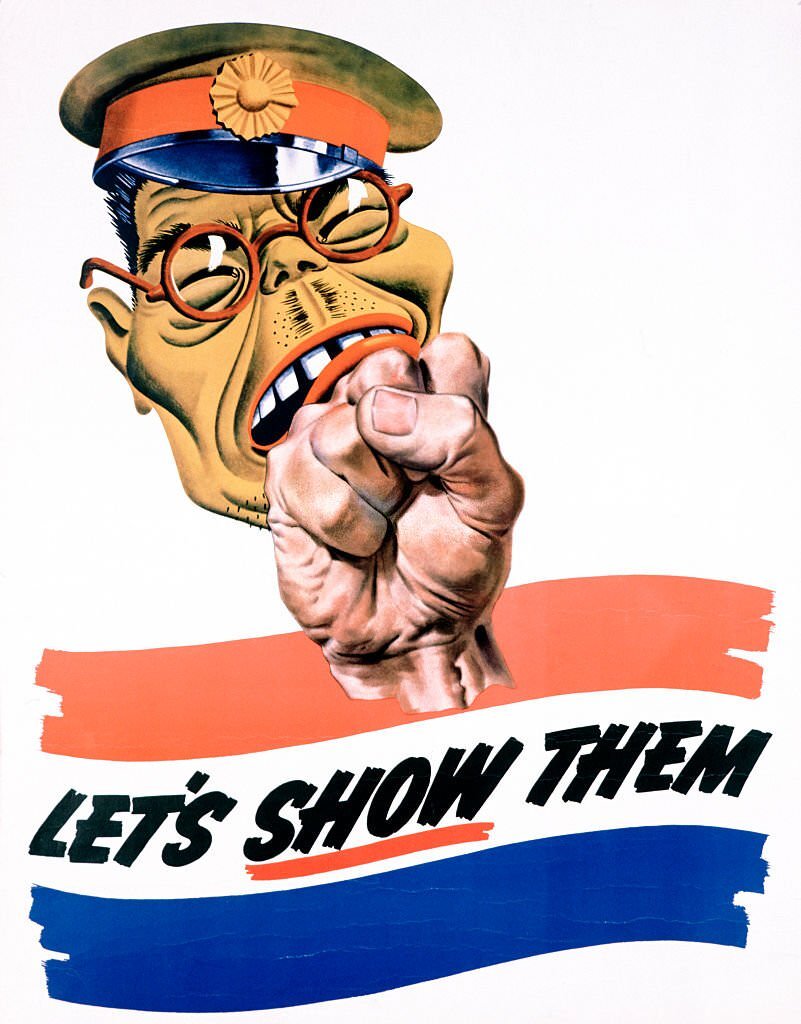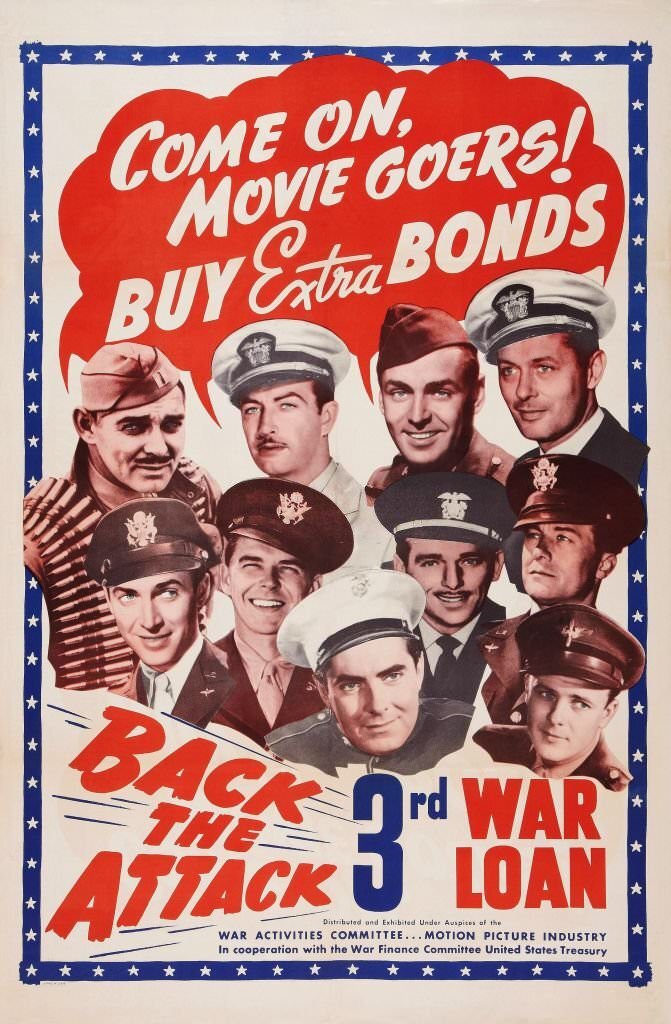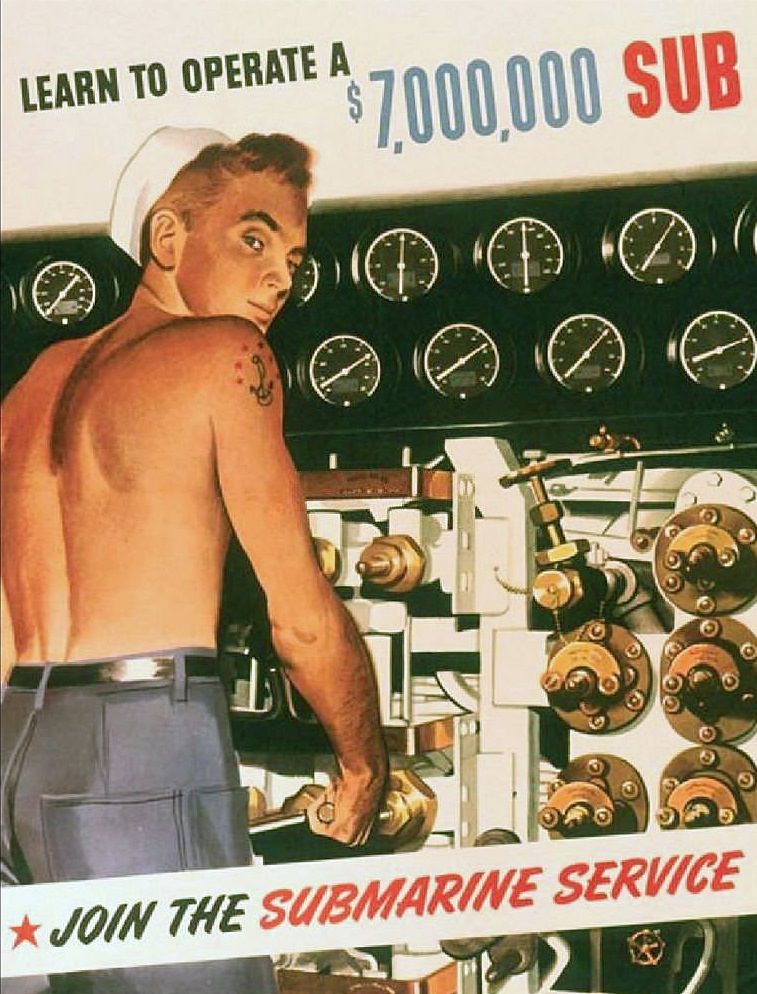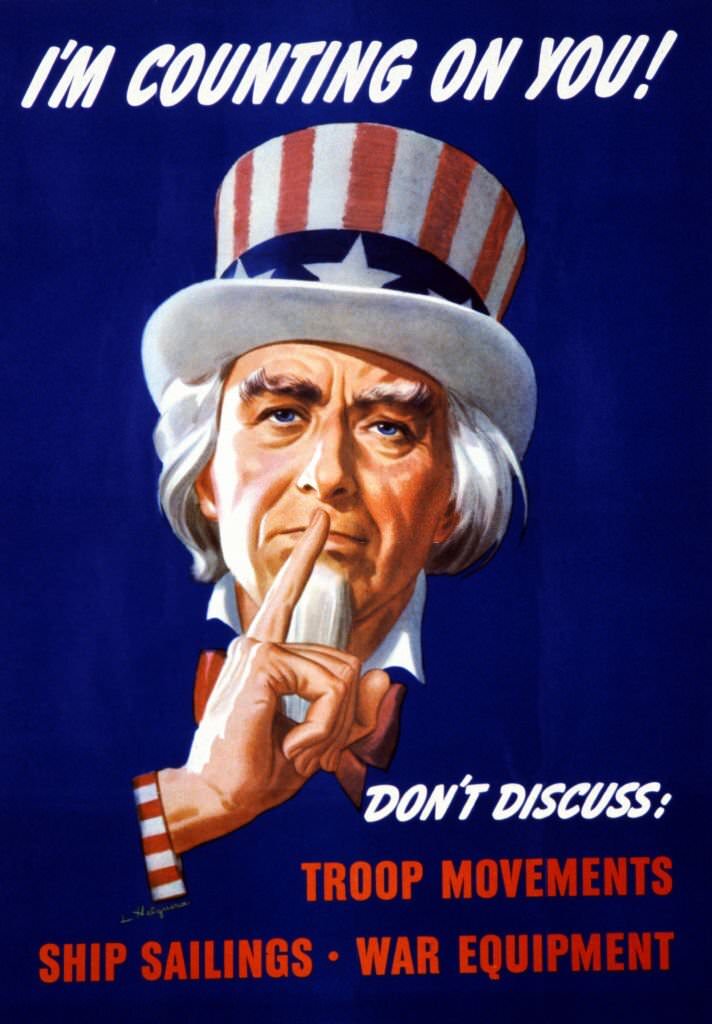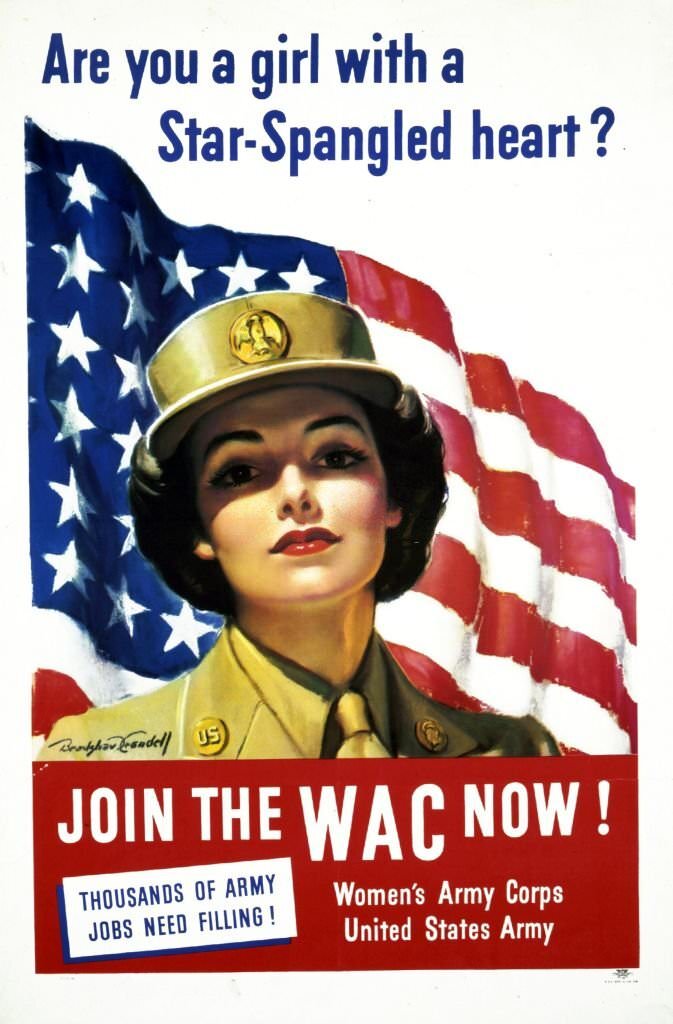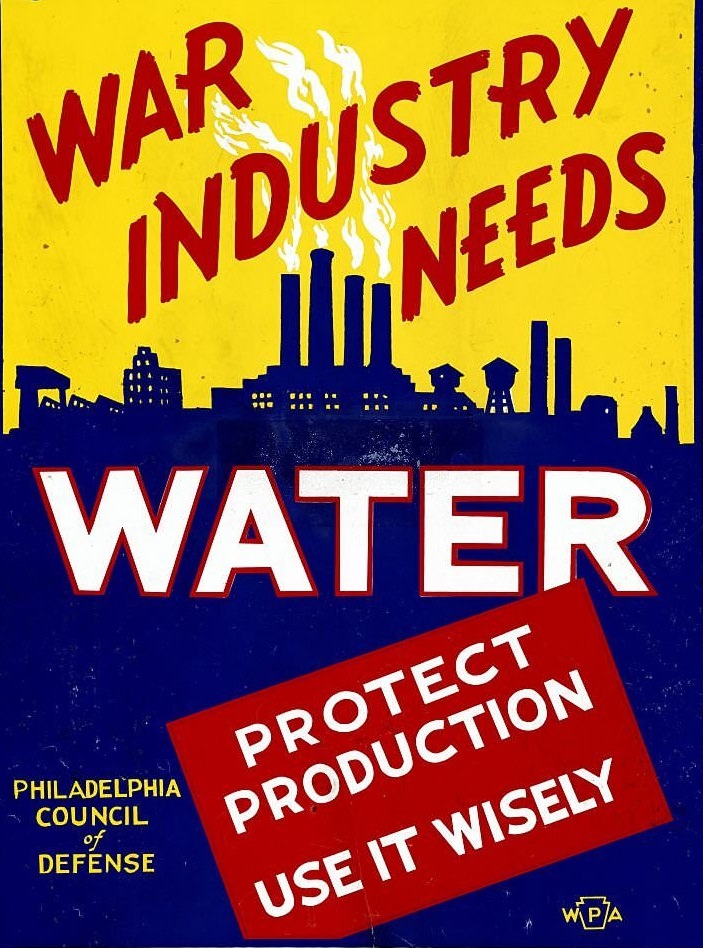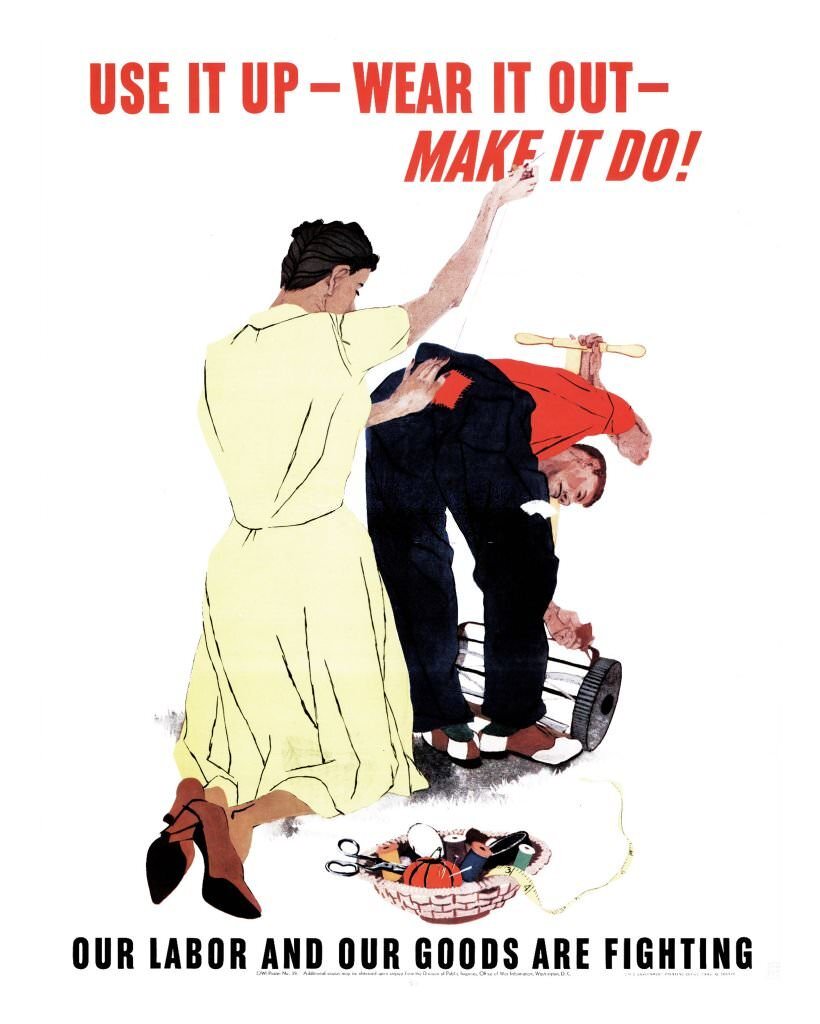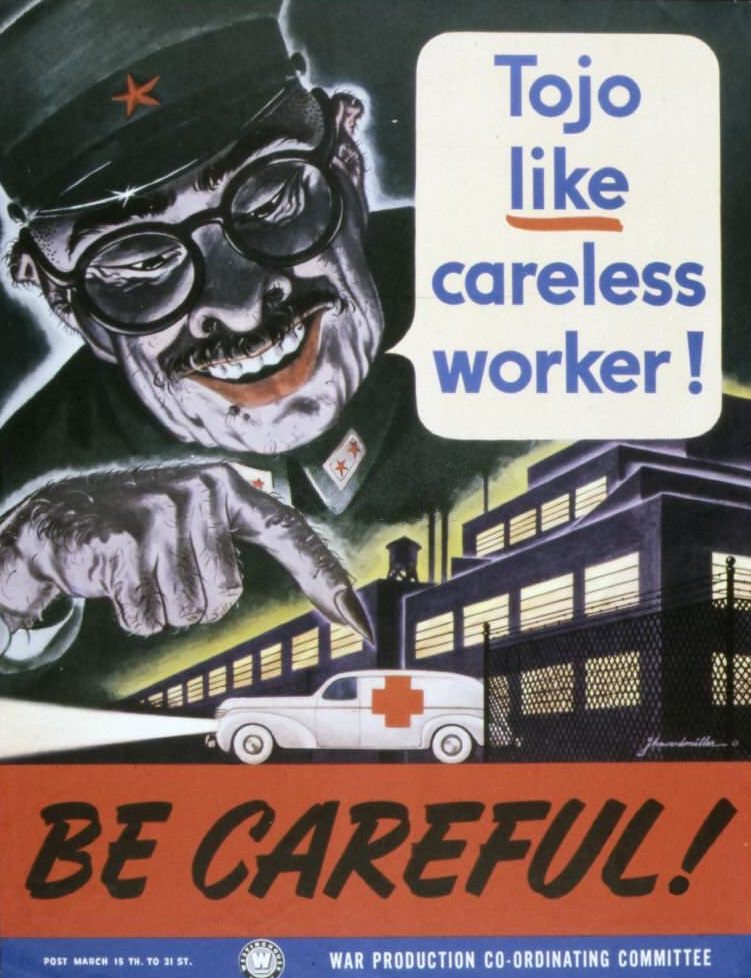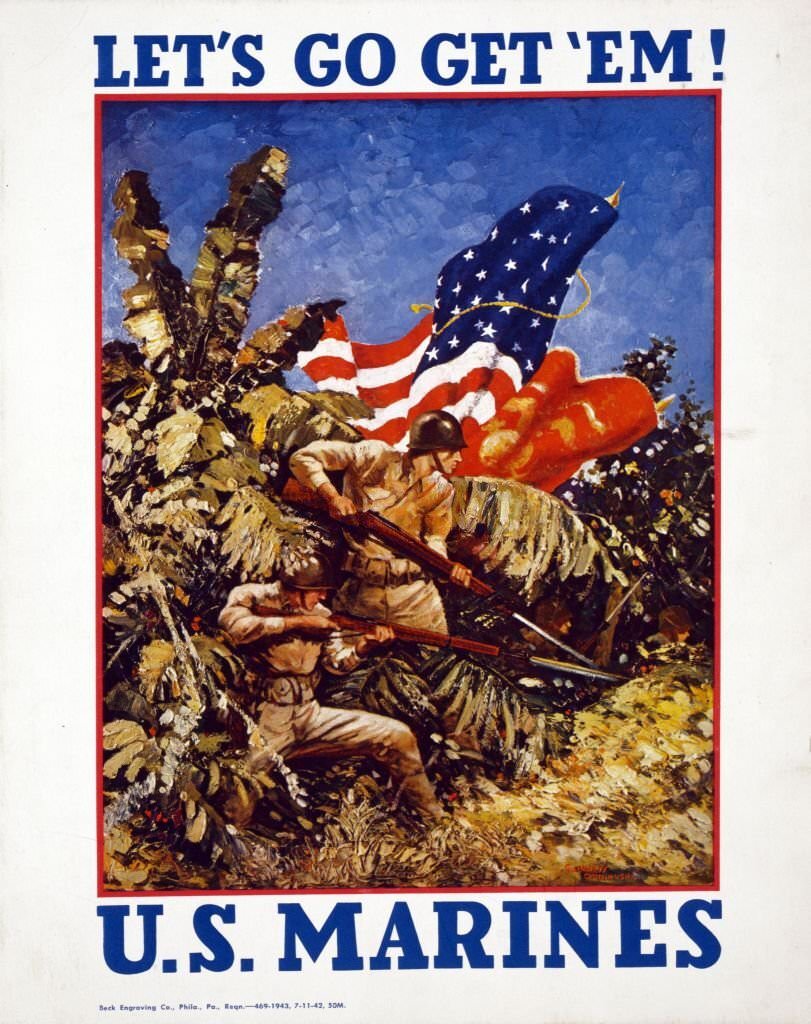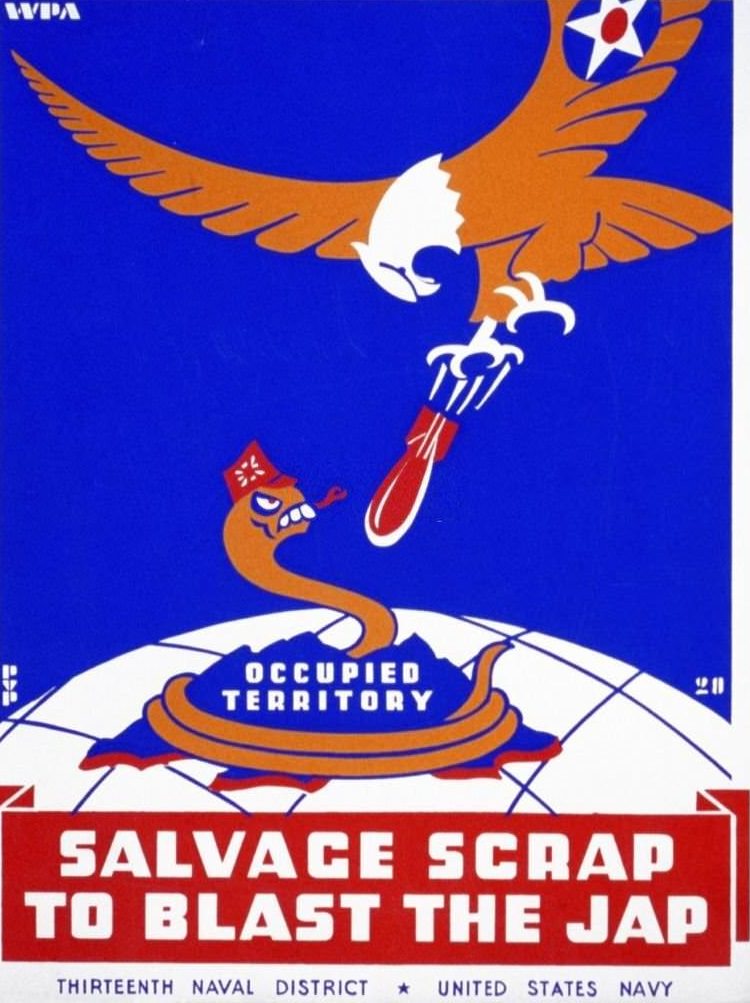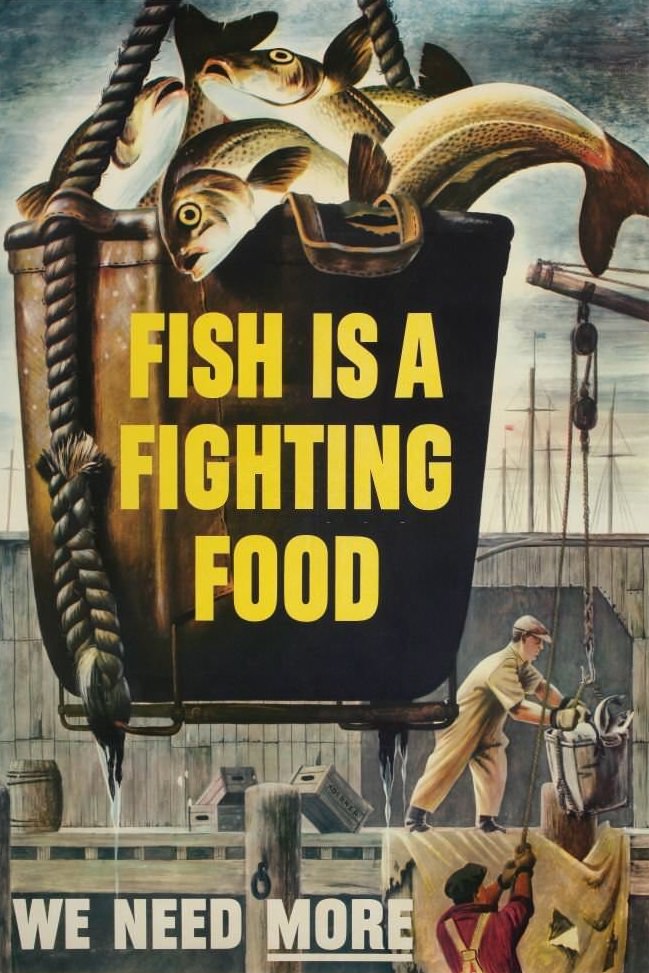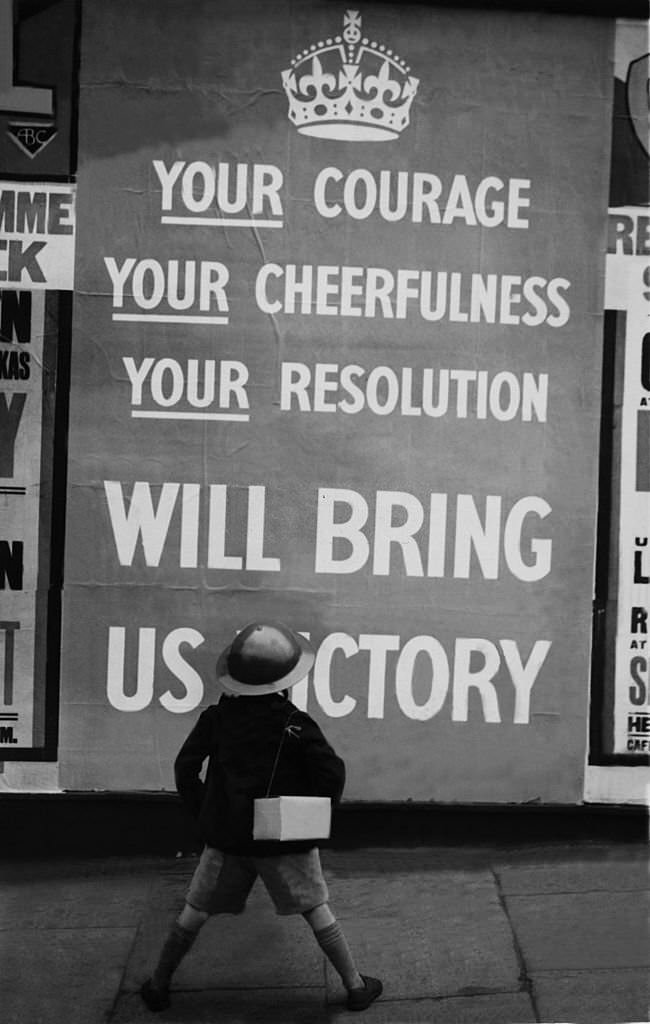During the Second World War, Propaganda posters were used to influence the public about the war and how they could contribute to the war efforts. The U.S. government used more than posters to promote its agenda. Additionally, they utilized Hollywood movies, radio shows, advertisements, cartoons, and music. However, posters were more common than the other methods of propaganda dissemination. They could be made in large quantities and distributed over a wide area, whereas a movie could only be seen by those who are going to the theatre. Additionally, posters could be seen for a more extended period than radio programs. Radio campaigns could only be heard during the purchased time slots, but posters would remain on walls until the elements or people removed them or a new one was pasted over them.
The Office of War Information
The Office of War Information (OWI) was responsible for releasing all American propaganda from the time it was formed until the end of World War II. In order to simplify the distribution of information about the war to the public, Franklin D. Roosevelt created the agency with Executive Order 9182 on 13 June 1942. Having a central agency that can control the information reaching the civilian populace will help gain more support from the civilian populace. A variety of topics were addressed in the OWI posters, including buying war bonds, careless talk, recruiting, increasing production, conserving resources, and others. The war agencies launched a variety of campaigns with different themes. The posters needed to remind people daily of the campaigns if the promotions were to be successful. The patriotic posters often depicted masculine strength. It illustrated America’s ability to channel its formidable strength into the war effort through pictures of powerful men and mighty machines.
Women in Propaganda Posters
During wartime, women were needed in the military, the defense industries, and even civilian service. Even though women entered the workforce in more significant numbers during the 20th century, publicity campaigns targeted women who had never held a job before. The poster and film images glorified and glamorized women’s roles in the workplace and promoted the idea that women should not forsake their femininity. Women were depicted as attractive, confident, and determined to do their part to win the war regardless of whether they fulfilled their duties at home, in factories, in offices, or the military. Several famous artists added their own flair to the poster’s art while keeping the message intact with each drive.
The distribution of Propaganda Posters
The OWI developed a plan on where and how to display it. The organization created a handbook about the entire process and distributed it to the people responsible for placing the posters throughout the section of the town or city. They were commonly seen in buses, trains, stores, newspapers, magazines, and almost everywhere. Propaganda posters were hanging on nearly every government building, such as museums, post offices, schools, railroad stations, restaurants, stores, and sometimes the sides of buildings. Distribution took place both on a national and local level. The posters were distributed to government buildings. However, this distribution method did not spread the message to many American citizens. So the government involved citizens in placing the posters in locations they frequently visited. A poster committee distributed posters within each community’s Defense Council. Committee members scouted out the best spots to put the posters. The OWI handbook advised looking at factors such as the number of people who would see the posters in the location, whether the area was practical for posting, obtaining the owner’s permission, and the size of the poster that could be displayed.
The OWI was concerned about the posters’ placement because the public needed to see their messages. The OWI, committee members, and other groups that helped distribute posters focused on high-traffic areas because visibility was the most crucial factor.The OWI aimed to reach every citizen of the United States.
Layout and Design of the Posters
Messages on posters implied that every citizen needed to contribute more to wartime society. The posters had to meet specific criteria. The artist who designed the poster had to know what the government officials wanted on each poster. All must be emotionally appealing and not abstract. The viewer must feel something when looking at the image that appeals to emotions. The government used photographic detail because it was concerned with the public’s inability to understand an abstract image and its relation to the message. This way, the image could be understood by every viewer.









